13 Ways to Help an Anxious Child Feel Safe Again

Childhood anxiety can transform everyday experiences into overwhelming challenges. When a child feels anxious, their world suddenly seems unpredictable and frightening. Helping anxious children regain their sense of safety isn’t just about calming them in the moment—it’s about giving them tools to understand and manage their feelings for years to come.
1. Validate Their Feelings

When your child expresses fear or worry, resist the urge to dismiss it with phrases like “don’t worry” or “there’s nothing to be scared of.” Instead, acknowledge that their feelings are real and legitimate, even if the fear seems irrational to you.
Try saying, “It makes sense that you’re feeling scared right now. I’m here with you.” This validation helps children feel understood rather than judged for their emotions. Kids who feel heard are more likely to open up about their worries.
Remember that validation doesn’t mean agreeing with catastrophic thinking. You’re not confirming their fears but rather respecting their emotional experience as genuine and important.
2. Maintain a Predictable Routine
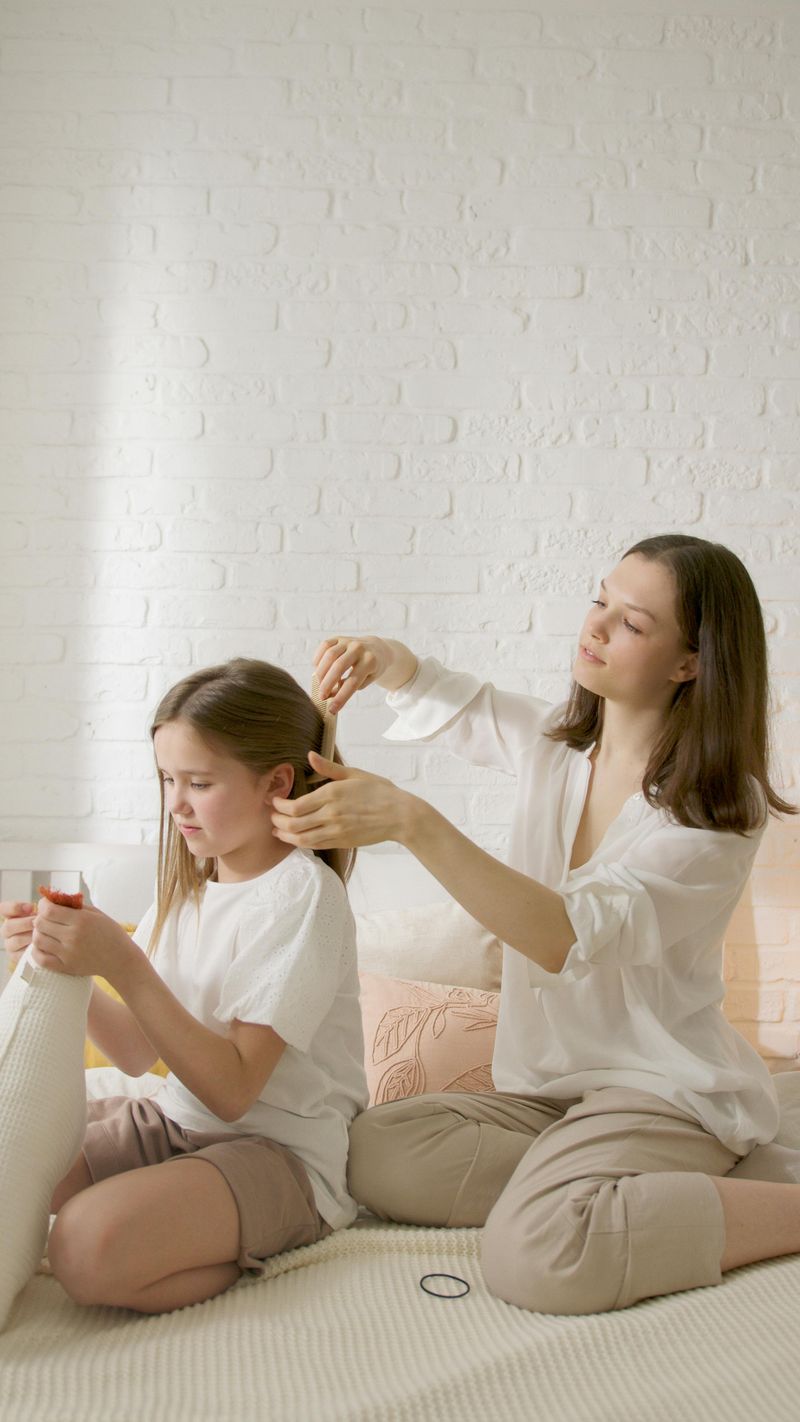
Structure creates a framework of security for anxious children. When days unfold in recognizable patterns, the world becomes less chaotic and more manageable. Regular mealtimes, consistent bedtime rituals, and familiar daily activities serve as anchors that ground children during emotional storms.
Visual schedules can be particularly helpful for younger children. A simple chart with pictures showing the day’s flow gives them confidence about what comes next. During transitions or unusual events, provide extra preparation time and clear explanations about what to expect.
Even small consistencies matter—reading a story before bed, having breakfast together, or a special goodbye ritual at school drop-off can become powerful safety signals.
3. Provide Honest Reassurance
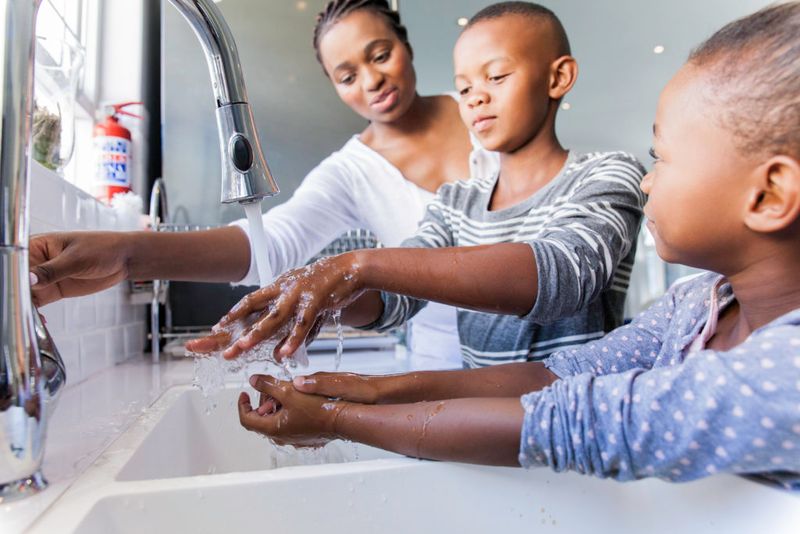
Anxious children need comfort, but they also need truth. Avoid making promises you can’t keep like “nothing bad will ever happen.” Such statements actually increase anxiety when children inevitably discover they aren’t true. Authentic reassurance acknowledges reality while emphasizing safety and support.
Phrases like “You’re safe right now. I’m here and we’ll get through this together” offer both comfort and honesty. Focus on what you can control rather than unpredictable outcomes. Emphasize your child’s past successes with challenging situations to build confidence in their ability to cope.
Remember that reassurance should decrease over time as children develop their own coping skills. The goal is to help them internalize safety, not become dependent on your constant reassurance.
4. Encourage Expression Through Creative Outlets
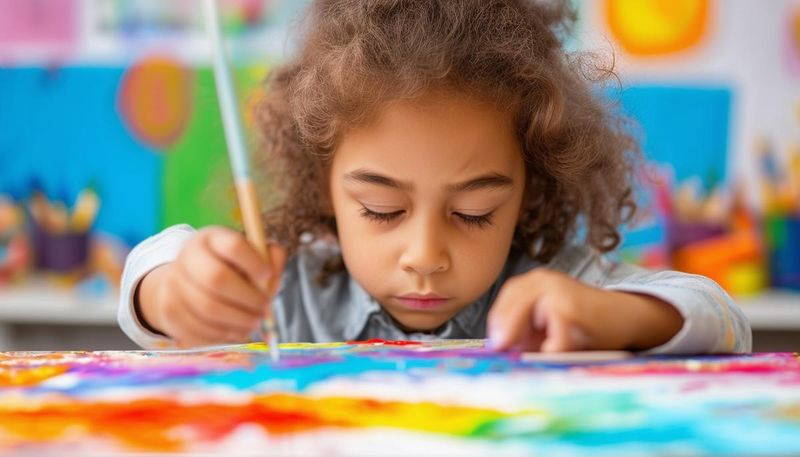
Art supplies and toys can become powerful tools for emotional release when words feel too difficult. Young children especially may lack the vocabulary to explain complex anxious feelings, but they can show you through their play and creative work. Provide clay, paints, puppets, or building blocks without directing their use.
Watch for themes in their creations—monsters, storms, or separation scenarios often appear when children process anxiety through play. Resist the urge to interpret or correct their expressions. Sometimes drawing the scary thing helps make it less frightening.
Story-making offers another avenue for expression. Creating tales together about characters who face and overcome fears gives children emotional distance while working through their own worries.
5. Teach Practical Calming Techniques
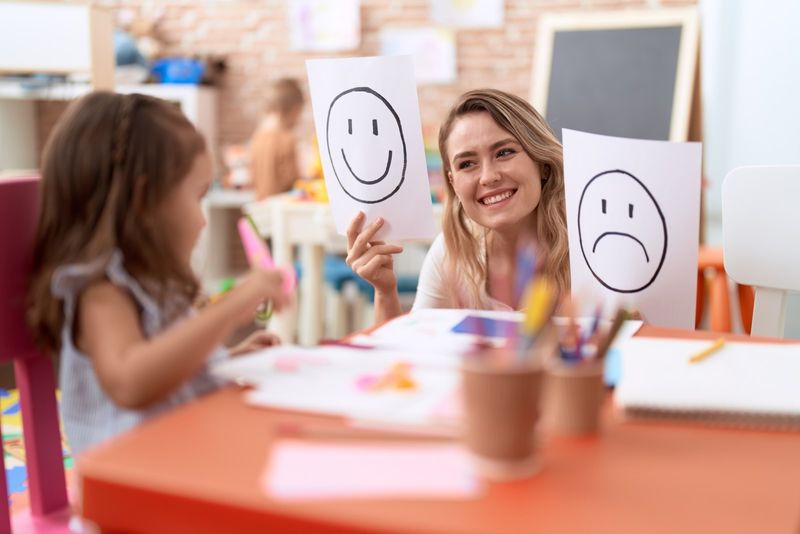
Children can learn to regulate their nervous systems through simple physical practices. Introduce deep breathing as a game—”smell the flower, blow out the candle” or “balloon breathing” where they inflate an imaginary balloon in their belly. For younger kids, holding a stuffed animal on their stomach to watch it rise and fall makes breathing exercises concrete.
Progressive muscle relaxation works well for school-aged children—tensing and releasing different muscle groups from toes to head. Visualization can transport anxious minds to calmer places—a favorite beach, treehouse, or grandma’s kitchen.
Practice these techniques during calm moments, not just during anxiety peaks. Regular rehearsal builds neural pathways that make these skills accessible when they’re most needed.
6. Limit Exposure to Frightening Media
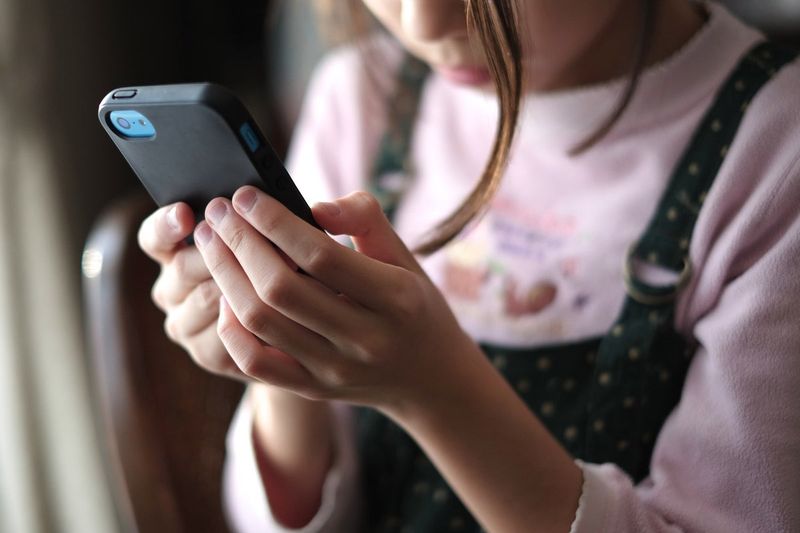
Children’s developing brains haven’t yet built the protective filters that help adults distinguish between immediate and distant threats. News reports about disasters, violence, or health crises can seem immediate and personal to young minds, triggering profound anxiety responses. Be mindful about conversations they overhear and news they’re exposed to.
Even children’s entertainment requires monitoring. What seems like mild content to adults might contain themes or images that trigger specific fears in your child. Pay attention to their reactions during movies or shows.
For older children who do encounter troubling information, provide context and perspective. Emphasize the helpers in scary situations, the rarity of events, and the protective measures that exist in their world.
7. Be a Calm, Grounded Presence
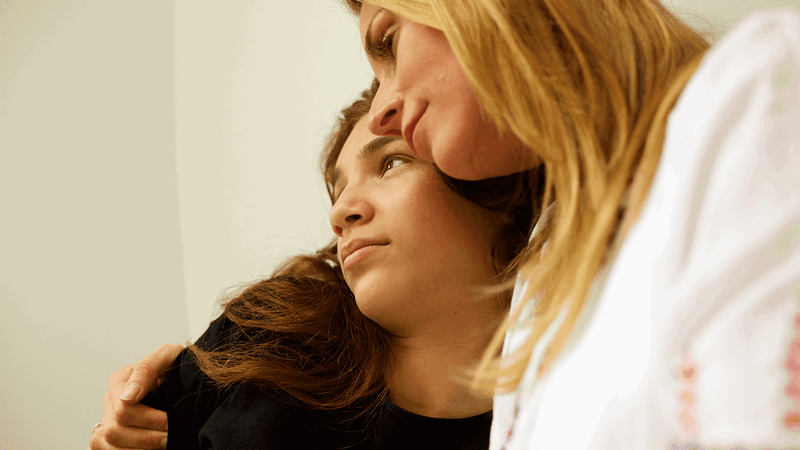
Your emotional state speaks louder than your words when comforting an anxious child. Children are remarkably attuned to adult stress signals—rapid breathing, tense muscles, irritable tone—and they absorb these states like emotional sponges. Practice maintaining your own composure, even when your child’s anxiety spikes.
This doesn’t mean suppressing your feelings. Rather, model healthy emotional regulation by acknowledging your own stress while demonstrating constructive responses. Taking a deep breath before responding to an anxious outburst shows children how to pause and reset.
Remember that your calm presence creates a neurological safety signal for your child’s brain. When you remain steady during their emotional storm, you’re teaching their nervous system that the situation isn’t dangerous.
8. Create a Dedicated Safe Space

Every anxious child benefits from having a designated retreat where overwhelming feelings can be processed in safety. This doesn’t require elaborate construction—a corner with cushions, a bedroom nook, or even a special chair can become a recognized sanctuary. The key is consistency and child input in creating this space.
Stock this area with comfort items that engage multiple senses: a weighted blanket for deep pressure, lavender-scented stuffed animals, noise-canceling headphones, or a sound machine with nature sounds. Fidget tools, stress balls, or sensory bottles filled with glitter in colored water provide focusing activities that help regulate emotions.
Teach children that this space isn’t punishment but a tool they can choose when emotions feel too big.
9. Offer Physical Comfort When Welcome
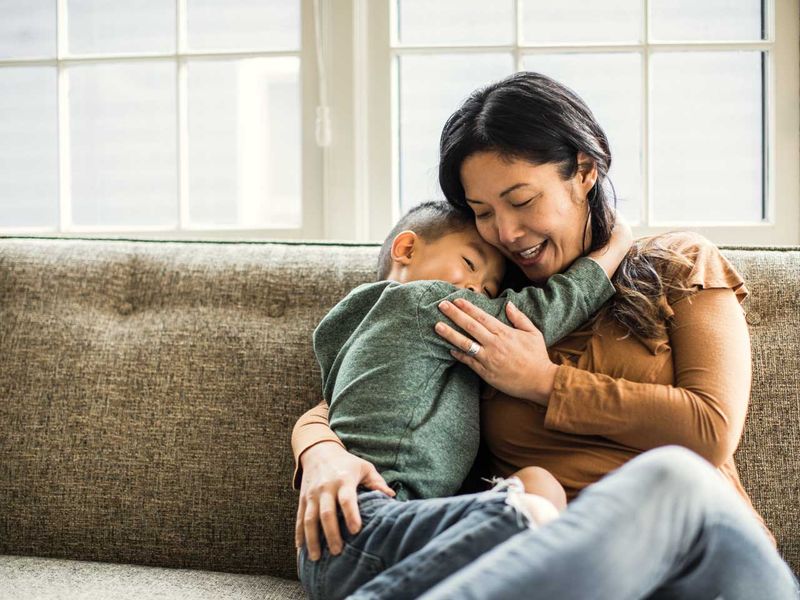
Human touch releases oxytocin, nature’s anti-anxiety hormone, creating powerful feelings of safety and connection. A gentle hand on the shoulder, sitting close together, or a reassuring hug can communicate support more effectively than words. Always respect your child’s physical boundaries, however, as some children—especially during anxiety—may find touch overwhelming.
Watch for cues about what kind of contact helps. Some children prefer firm pressure like bear hugs or weighted blankets, while others respond better to gentle back rubs or simply sitting nearby. Ask before initiating contact: “Would a hug help right now?”
For children who resist touch when anxious, physical proximity without direct contact can still provide comfort—sitting quietly beside them or being in the same room while they process feelings.
10. Practice Gradual Exposure at Their Pace
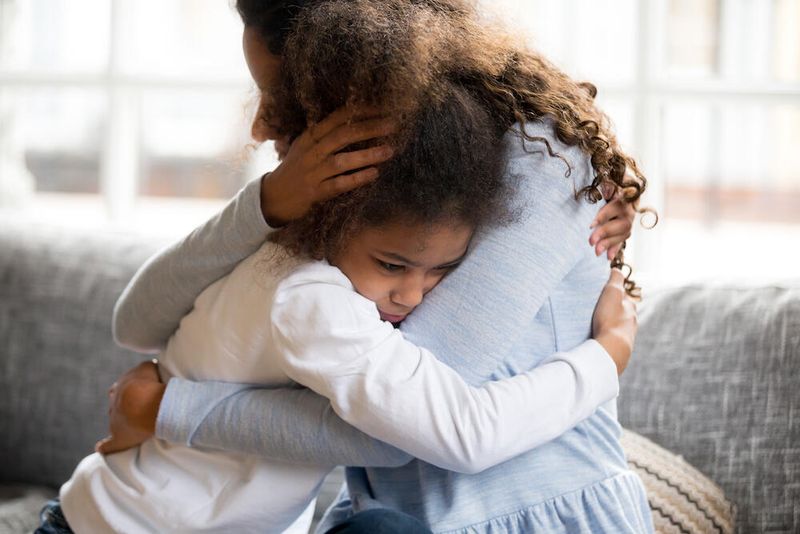
Avoiding feared situations reinforces anxiety, but forcing children to face fears before they’re ready can traumatize them further. The middle path—gradual exposure—builds confidence through small, manageable steps. Success depends on moving at the child’s pace, not yours.
Create a “worry ladder” together, breaking down scary situations into smaller steps. If your child fears dogs, the lowest rung might be looking at dog pictures, while higher rungs involve watching dogs from a distance, then approaching friendly, calm dogs. Celebrate each step forward, no matter how small.
Accept that progress isn’t always linear. After setbacks, return to the last successful step before moving forward again. This approach teaches children they can face fears without being overwhelmed by them.
11. Empower Through Appropriate Choices
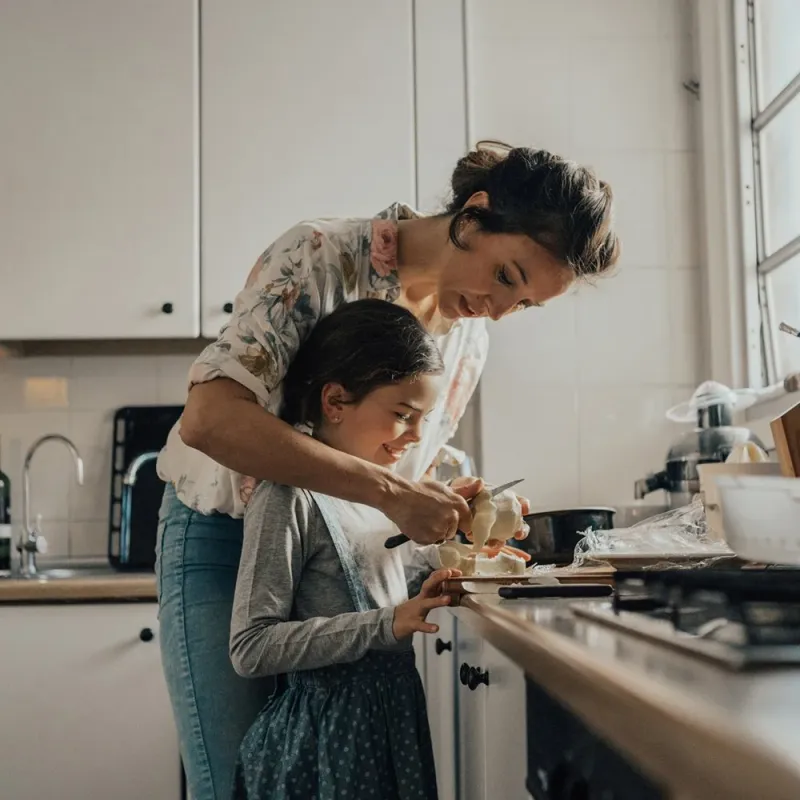
Anxiety often stems from feeling powerless. Offering appropriate choices returns a sense of control to children who feel at the mercy of overwhelming circumstances. The key word is “appropriate”—too many options or decisions that are too significant can actually increase anxiety.
Start with binary choices: “Would you like to wear your red coat or blue jacket today?” or “Should we read a story or do a puzzle before bed?” For older children, expand the range of options gradually as they build confidence in their decision-making abilities.
During particularly anxious periods, maintain structure while still finding opportunities for choice. A child anxious about bedtime might choose which stuffed animal to sleep with or which book to read, while still adhering to the established bedtime routine.
12. Model Healthy Coping Strategies

Children learn more from what we do than what we say. When you openly practice healthy anxiety management, you’re providing a powerful blueprint for your child’s emotional regulation. Narrate your own coping process: “I feel nervous about this meeting, so I’m taking some deep breaths to help my body feel calmer.”
Share age-appropriate stories about times you’ve felt anxious and the strategies that helped you. This normalizes anxiety as a universal human experience rather than a personal weakness. Be authentic—children can detect insincerity—but focus on constructive responses rather than dwelling on distress.
Remember to model self-compassion too. Saying “I made a mistake, but that’s okay. Everyone does sometimes” teaches children to be gentle with themselves during difficult emotions.
13. Seek Professional Support When Needed
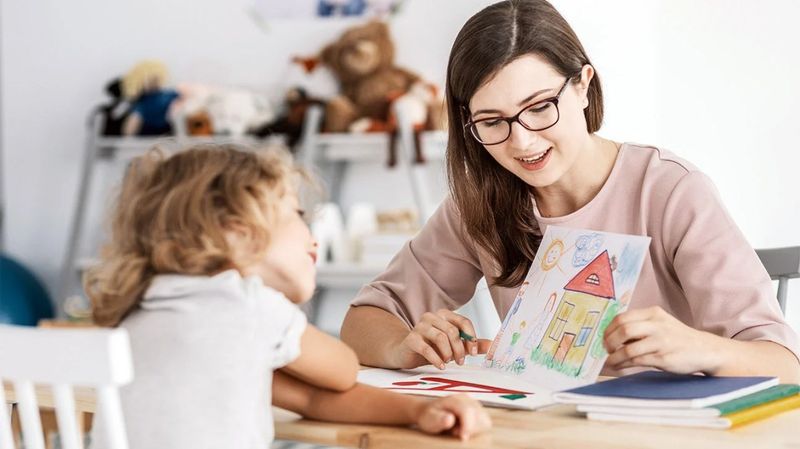
Despite your best efforts, some children need additional help managing anxiety. Recognizing when to seek professional support is itself an act of love. Warning signs include anxiety that persists for weeks, interferes with sleep or appetite, prevents enjoyable activities, or causes physical symptoms like frequent headaches or stomachaches.
Child psychologists, particularly those specializing in Cognitive Behavioral Therapy (CBT), can teach specific techniques proven effective for childhood anxiety. Play therapy offers younger children a way to process feelings they can’t yet verbalize. Family therapy may help when anxiety affects the entire household dynamic.
Remember that seeking help isn’t a parenting failure but a parenting strength. Professional support complements your efforts, providing specialized tools while you continue offering the irreplaceable foundation of parental love.

Comments
Loading…